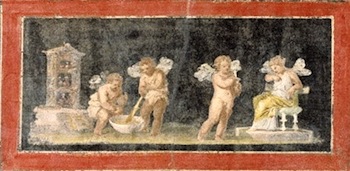
The brisk Roman trade with Arabia and India was driven by the demand for the East’s plants and spices used to flavor their food and to perfume their olive oil. Rome had its perfumeries, but only the wealthy could afford olive oil-based perfumes containing decoctions of frankincense, narcissus, saffron, aloes, myrrh, calamus, cinnamon and other expensive plants, roots or secretions. At Pompeii, shops that sold perfumes have been identified by inscriptions and wall paintings and the House of Perfumer has gardens indicating the types of plants and plant oils that were processed and used in ancient perfumes.
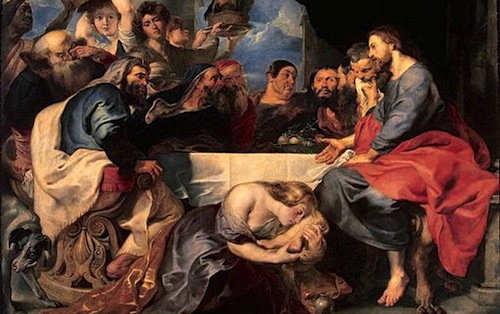
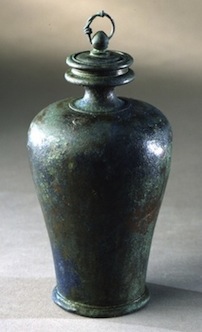

Several days before Jesus was crucified, He had dinner at the home of Simon the Leper with the resurrected Lazarus and his two sisters, Mary and Martha, in Bethany two miles from Jerusalem on the eastern slope of the Mount of Olives. Mary “took a (12 ounce jar) of pure nard, an expensive perfume. She poured it on Jesus’ feet and wiped his feet with her hair. And the house was filled with the fragrance of the perfume.” (John 12:3) Mary’s jar of pure nard had cost 300 silver denarii, as much as a worker at that time made in one year. (John 12:4) Nard or spikenard is a flowering plant from India. Its rhizomes were crushed and distilled into a thick oil. The aromatic oil had been imported from India as far back as King Solomon’s reign in 950 BC.

The poet Solomon uses the perennial herb to describe the sensual pleasures of his love: “You are a garden locked up, my sister, my bride; you are a spring enclosed, a sealed fountain. Your plants are an orchard of pomegranates with choice fruits, with henna and nard.” (Song of Solomon 4:12,13)
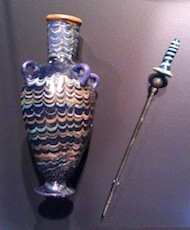
Because nard was undiluted, it was one of the most expensive perfumes in the world and was called nardinium. Lazarus and his sisters were obviously very wealthy.
Today one of the most expensive perfumes in our world is Clive Christian’s “Imperial Majesty.” For women, it comes in essences of bergamot, white peach, Indian jasmine or sandalwood. A 16.9 oz. bottle costs $215,000. But—the bottle is Baccarat crystal and has an 18 carat gold cap adorned with a 5-carat diamond.
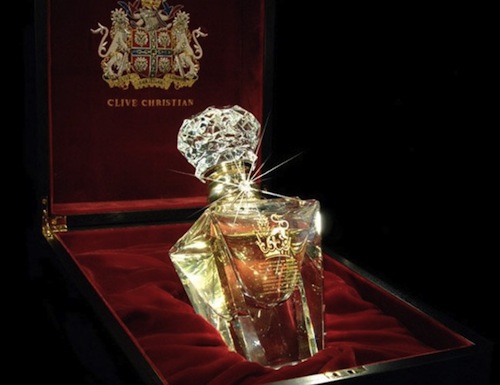
Mary’s 12 ounces of pure unadorned nard was more expensive in her long-ago world than the most expensive gold/diamond/with a little perfume in a little bottle is in our modern world.
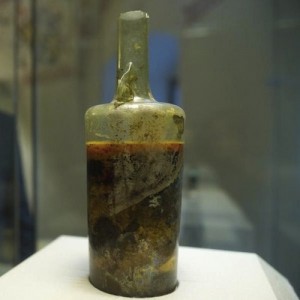
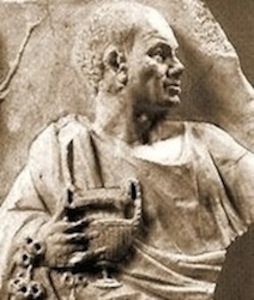
Horace’s lyric Odes (published 23-15 BC) were very popular in Mary’s time. In Odes 4.12 he invites his friend Virgil to feast with him as long as he brings a flask of precious nard with him as a gift:
“If you would drink a cup of choice wine at my house, bring a flask of precious nard with you. It will draw forth the wine bottle which now lies in the Sulpician vaults.”
The guarded Sulpician Vaults was a communal wine cellar/cave at the foot of Aventine Hill used by the wealthy to store their wine collections. Horace assures that he will go and pick out a choice bottle of expensive aged wine if Virgil brings him a flask of “precious nard.”—Sandra Sweeny Silver
